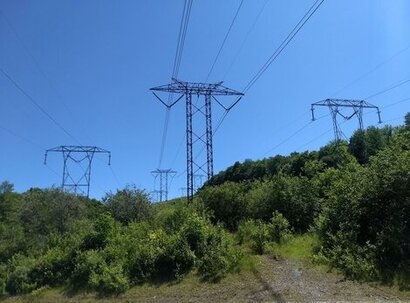
A team led by Professor Xiao-Ping Zhang, Director of Smart Grid, at the University of Birmingham, will be using innovations developed at Birmingham, that improve the reliability and efficiency of high-voltage, direct current (HVDC) power transmission systems, which are used for the bulk transmission of electrical power.
The researchers recently published an economic analysis1 demonstrating that coupling HVDC transmission with 100 percent renewable energy generation can deliver significant cost-savings (a minimum of 20 percent) when the world’s continents are joined together by a global energy supply grid.
Their vision for the global grid involves connecting renewable energy supply from 14 regions in the world, which span all continents and all time zones.
The regions comprise: the European Union, North Africa and the Middle East, Eastern Russia, Western Russia, Central, South, East and South East Asia, Oceania, Western, Eastern and North-eastern North America, and South America.
“The prototype based on our theoretical model is now under development and our research aims to increase the availability of renewable energy - by improving the efficiency and reliability of transmission to reduce costs for householders and businesses” said Professor Zhang. “It’s important that we can use renewable energy to provide a vital safety mechanism for controlling frequency dips in national power grids. Our vision for a global energy grid could revolutionise the way we use renewables.”
The comprehensive analysis involved data capture for both renewable energy supply and global electricity demand.
Renewable energy supply was calculated using historical meteorological (weather) data showing the potential for wind and solar power generation over a seven year period (2011-2017), and estimates of hydro-electric power generation from the International Energy Association.
The researchers then calculated transmission costs over land and sea, potential power losses during transmission, and the operational and management costs of an HVDC-based global grid.
A more regional perspective, provided in a previous paper2, shows that adopting this approach would result in the regional cost of electricity dropping by 31 percent, 10 percent, and 10 percent for Europe, North-East Asia and North America respectively.
Professor Zhang has championed the concept of a global energy grid, and has developed several technologies to overcome the practical challenges involved in the transition to renewable energies. His innovations include prize-winning technologies to improve efficiency and eliminate commutation failure in long distance HVDC power transmission and ways of stabilising local grids that receive renewable energy.
For additional information:

